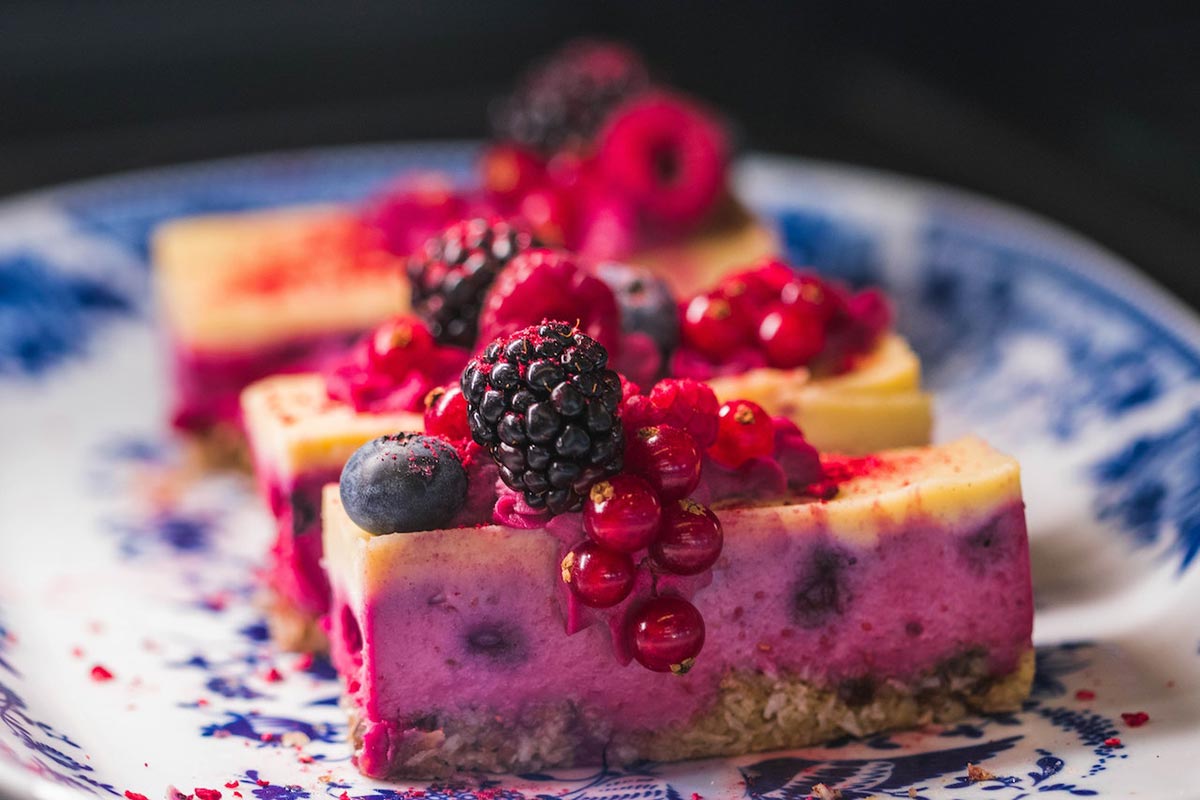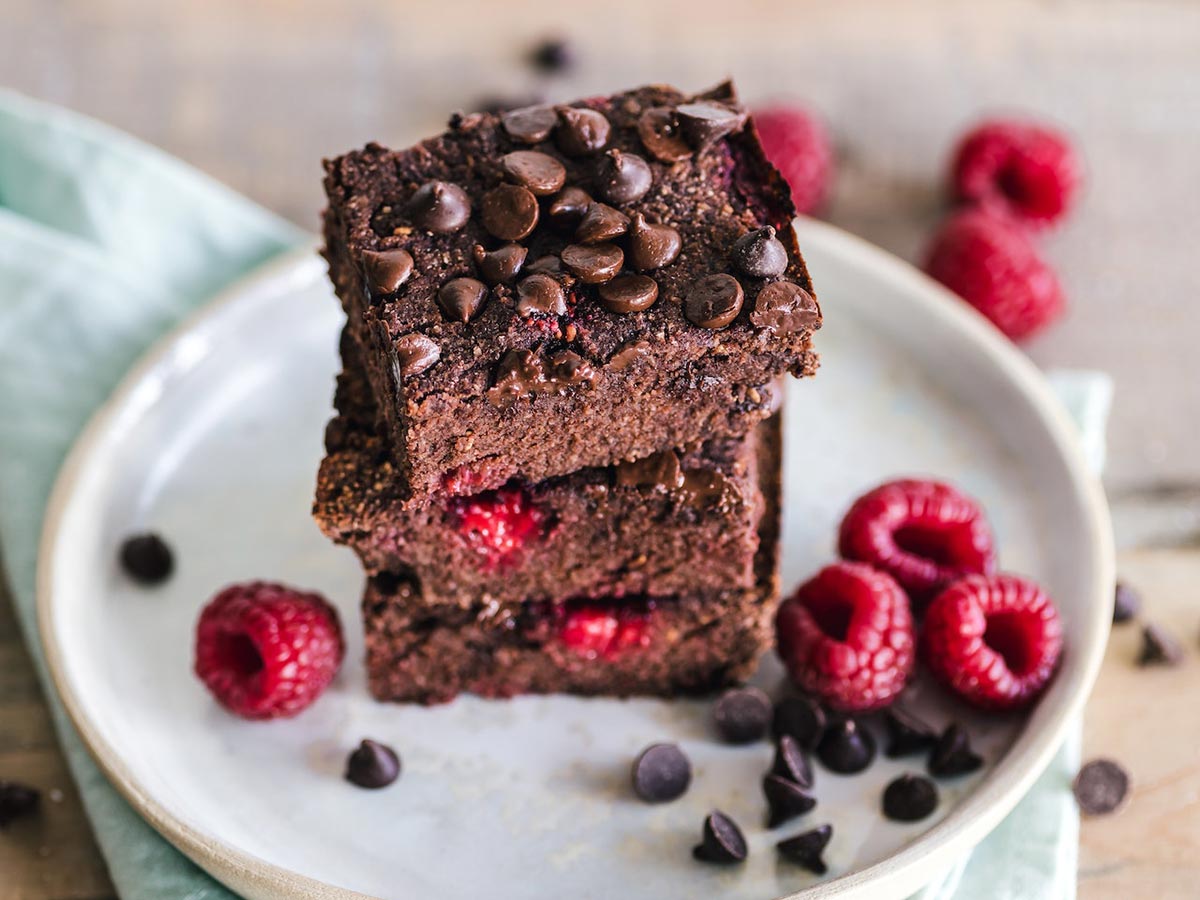Hi, there everyone! We hope that you all are having a great time reading our blogs and that you are also making the most of them too for your personal and commercial projects as well. Earlier this week when we were working on our content ideas, we wanted to share something related to photography with you guys and then it clicked that what could be better than sharing all the tips and tricks that you all would need to know in order to master food photography!? So, here we are with a super fun blog today and we can bet that you are going to love it as much as we did when we were working on it. So, let us get started right away!
In today’s digital world, where social media platforms are flooded with images of mouthwatering food items, it is no wonder that food photography has become an art form in itself. A well-executed food photograph has the power to make our taste buds dance a little and create a desire to indulge in the culinary delights that get captured on camera. But what exactly makes food photography terrific is the question here. Allow us to share that and more in this part of our blog!
LIGHTING:
One of the most crucial elements in food photography is lighting. The right lighting can make or break your photographs. Natural light is often preferred as it brings out the true colors and textures of the food. Soft and diffused lighting can create a visually pleasing environment. Know that when you are doing food photography, you must avoid harsh or direct light as it can create unflattering shadows. Experiment with different lighting setups and angles as that will help you achieve your desired effect.
COMPOSITION:
Composition plays an important role in food photography as the arrangement of elements within the frame has an impact on the visual appeal of the image. To achieve great results, consider the rule of thirds, where the frame is divided into nine equal parts, and important elements are placed along these lines or maybe at their intersections too. Symmetry and lines can also be used effectively to draw the viewer’s eye towards the main subject.
STYLING:
When it comes to food styling, you need to know that it is an art form that involves arranging the dish and its props in an aesthetically pleasing manner. In addition to that, attention to detail is key here. Every element in the frame; be it the plates, the garnishes or the background must be carefully considered. Props such as linens, utensils and fresh ingredients can add more depth and context to the image as well. The colors and textures of the food should be highlighted, and any imperfections or distractions should be minimized in a way that whoever looks at the photographs feel tempted.
COLOR AND CONTRAST:
Another essential part of food photography is capturing the vibrant colors of food. The colors should be true to life and also evoke a sense of freshness. Utilizing contrasting colors can create visual interest and make the food items pop beautifully. Balancing the colors and ensuring that they work harmoniously together is crucial for a terrific food photograph.
DEPTH OF FIELD:
The depth of field refers to the range of distance in an image that appears in focus and playing with it can create a sense of depth and draw attention to the main subject. In food photography, a shallow depth of field is employed usually to blur the background and bring the food into sharp focus for the viewers.
TEXTURE AND DETAIL:
Capturing the texture and intricate details of the food can make the image appear to be full of life. Whether it’s the crispy crust of freshly baked bread or the juicy droplets on a piece of fruit; highlighting these elements can add visual interest and make the viewer crave the very food item they are looking at. Also, close-up shots can be particularly effective in showcasing the texture and detail of the food.
STORYTELLING:
A great food photograph should tell a story while evoking the right kind of emotions. Consider the context and narrative behind the dish and then use visual cues to convey its essence. For example; you can evaluate the steps of storytelling by asking yourself questions like is the dish a homemade meal or an exotic one from some other country? Is it a family recipe or a fine-dining creation? Incorporating elements that hint at the story behind the dish will help you elevate the image and make your content more engaging.
That is all for today, you guys! We hope that you not only enjoyed reading the blog but that you will also share it with your friends, family members and favorite colleagues as well who take an interest in food photography. We would also like to encourage you all to send in your feedback and special requests as well so that we can do the needful and be back here soon with your requested content and more.
Recommended:
- How To Capture Silhouette In Photography? | 6 Simple Tips
- How To Make A Viral TikTok Video For Beginners
- TikTok Photography Tips
- Tips To Photograph A Child’s Birthday: Easily Do It At Home
- 10 Tips To Take Stunning Photos | 50 Photogenic Examples
- Photography Tips: How To Shoot Better Photos With Models | 100+ Photo Examples








